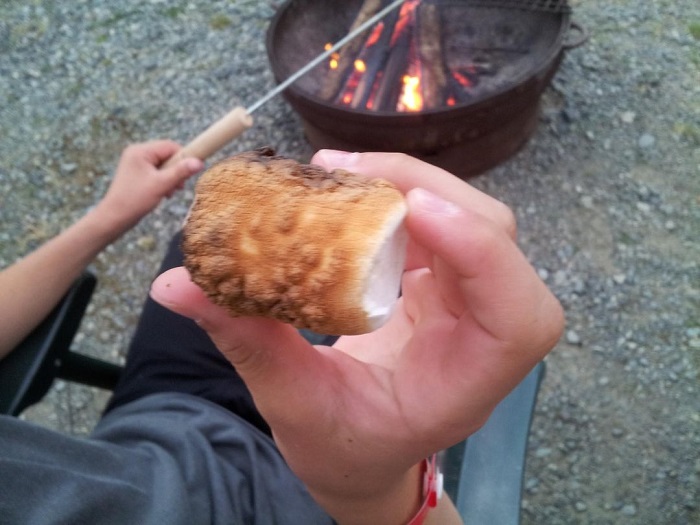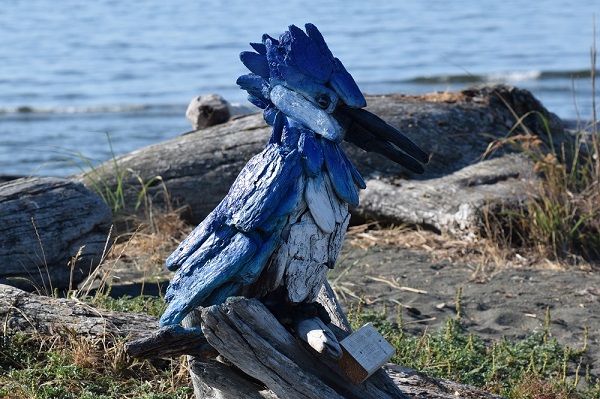- Victoria
- Guide to Van Isle
Guide to Vancouver Island: Your Ultimate Guide to Island Paradise
From nice to know, to need to know, our handy guide to Vancouver Island will help you make the most out of your vacation to Vancouver Island.
Disclaimer: I receive a small commission from some of the links on this page.
Guide to Vancouver Island – The Place
Vancouver Island is a long, skinny island off the west coast of Canada. It is approximately 460 km long, 100 kms wide (at its widest point) and about 32,000 square kilometres. Read more about our magical island and some of the terrific things to do here.
The Island is home to British Columbia’s capital city of Victoria. The following 13 municipalities make up what is known as Greater Victoria:
- City of Colwood
- City of Langford
- City of Victoria
- District of Central Saanich
- District of Highlands
- District of Metchosin
- District of North Saanich
- District of Oak Bay
- District of Saanich
- District of Sooke
- Town of Sidney
- Town of View Royal
- Township of Esquimalt
Read about the history of Victoria here.
Other main cities, towns and popular destinations on the island include:
- Nanaimo
- Parksville/Qualicum Beach
- Courtenay/Comox/Cumberland
- Campbell River
- Port Hardy
- Port Alberni
- Tofino
- Ucluelet
- Chemainus
- Duncan
- Lake Cowichan
- Port Renfrew
- Jordan River
- French Beach
- Cathedral Grove
- Mount Washington
- Cape Scott Provincial Park
- Goldstream Provincial Park
The Island is located on the Cascadia Subduction Zone which is a 1,000 km fault running from the northern tip of the island all the way down the west coast to California.
This means that we are in an area where earthquakes may occur.
Many British Columbians annually take part in the Great Shakeout to ensure we are familiar with the most up-to-date protocols. This helps to ensure the safety of residents and visitors. We recommend you take a few minutes to ensure you are aware of what to do to prepare for an emergency and the types of items to include in an emergency kit.
Guide to Vancouver Island – The People
The island has been home to many indigenous people for thousands of years and remains the homeland of 50 First Nations. They are located in three distinct tribal regions–Coast Salish, Nuu chah nulth, and Kwakiutl–the first peoples of Vancouver Island. Be sure to visit the Royal BC Museum First People Gallery and Our Living Languages exhibition to learn more about the people and the culture.
In the 18th century, both British and Spanish explorers set foot on the island and by the mid 1800’s, settlement of a fur trading post for the Hudson’s Bay Company began.
Today, Vancouver Island has a population of approximately 900,000 – half of whom live in the southern part of the island in the Greater Victoria region.
Guide to Vancouver Island – Driving Tips
To drive from one end to the other, it would take you approximately 8 hours and you would be treated to scenic ocean drives, towering trees, majestic mountains and abundant wildlife. The speed limits are posted in kilometres per hour. Approximate driving speed conversions are:
- 30 km/hr =20 mph
- 40 km/hr = 25 mph
- 50 km/hr = 30 mph
- 60 km/hr = 40 mph
- 80 km/h = 50 mph
- 100 km/h = 60 mph
Most communities enforce a 30 km/h school zone which is in effect on school days between 8 am and 5 pm. Some areas post playground zones which are also 30 km/h however they are in effect 7 days per week, from dusk until dawn.
Other useful information:
- The use of seat belts is mandatory in the Province of British Columbia
- Cyclists of all ages and motorcyclists must wear a helmet
- You must yield the right of way to transit buses who are signaling their intent to re-enter traffic from a bus stop
- There is a difference between bus-only lanes (self-explanatory) and high-occupancy lanes that can be used by any vehicle who carry 2 or more people
- The use of hand-held electronic devices (e.g. cell phones) is illegal while driving. You may however use your phone hands-free if the device is mounted to the vehicle or via blue-tooth
Guide to Vancouver Island – The Weather
Vancouver Island boasts the mildest climate in Canada, in particular the southern portion of the island. It is so mild in fact that some years we don’t even get a flake of snow and several gardeners grow tropical fruit such as lemons and limes. Read more about the weather in Greater Victoria here.
Guide to Vancouver Island – Telecommunications
- The two main area codes of the island are the original (250) and now (778)
- In case of emergency, call 9-1-1
- For local directory assistance, call 4-1-1
- For public health information and advice, call 8-1-1
- To report a wildfire, call 1-800-663-5555 or (*5555 from a cell phone) as soon as possible.
- To report an environmental violation or conflict with wildlife that threatens public safety, call 1-877-952-7277
- Because of our proximity to the United States, it is not uncommon to incur roaming charges, particularly in the French Beach/Jordan River/Port Renfrew areas. Stay alert to the roaming notifications or turn your data off to avoid extra charges. Update: As of April 2021, the Provincial Government has promised to improve cell phone reception on this part of the island so roaming charges and dead zones will hopefully soon be a thing of the past.
Guide to Vancouver Island – Taxes
Almost all purchases are subject to taxes in BC and as of 2023, they are 7% Provincial Sales Tax plus 5% Goods and Services Tax (federal). Notable exceptions that are not taxable include food for human consumption, books and magazines, and children’s clothing. Some items are taxed at higher provincial rate and include liquor (10%+5% GST = 15%), vapour products (20%+5% GST = 25%) and accommodations (8% plus up to 3% municipal and regional district tax + 5% GST).
Got more questions about money in Canada? Read more here.
Other information you need to know:
In British Columbia, 19 is the legal age for:
- gambling including purchasing lottery tickets
- consuming alcohol
- consuming marijuana
Recent Articles
-
Vancouver Island Wildlife Viewing Times and Locations
Sep 16, 24 06:42 PM
Discover the best times and places to see wildlife in their natural habitat with our Vancouver Island Wildlife Viewing guide. -
Private Campgrounds on Vancouver Island
Aug 13, 24 05:23 PM
Your one-stop listing of all private campgrounds on Vancouver Island. -
Where to Stay in Victoria, BC: A Comprehensive Guide
Jul 10, 24 12:42 PM
Choosing the right place to stay can significantly enhance your experience. This guide provides tips and ideas to help you decide where to stay in Victoria.






